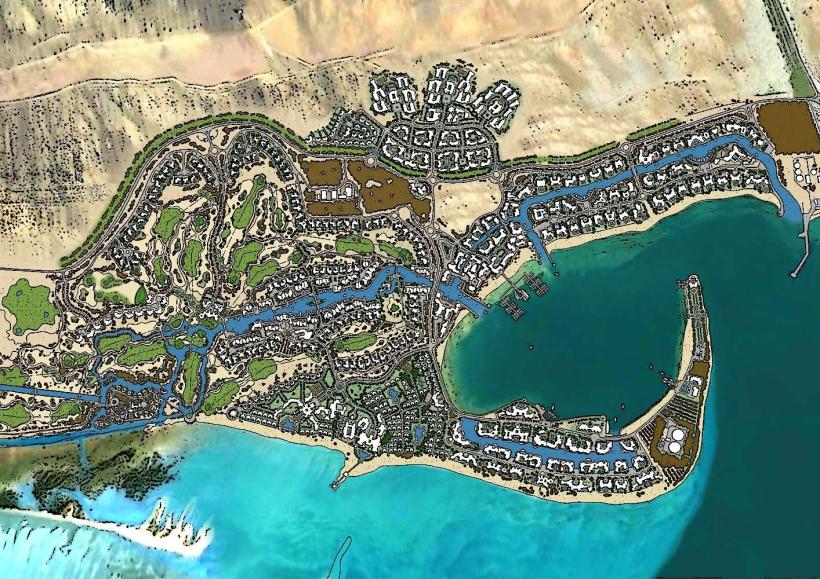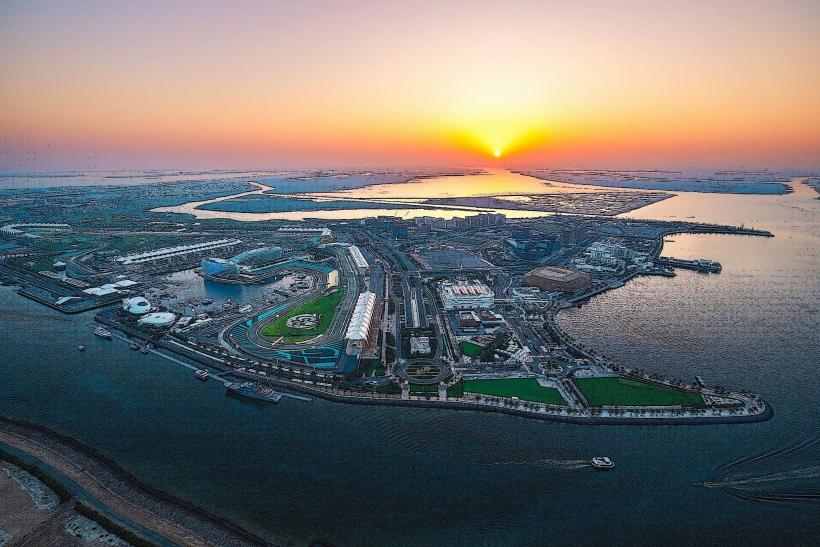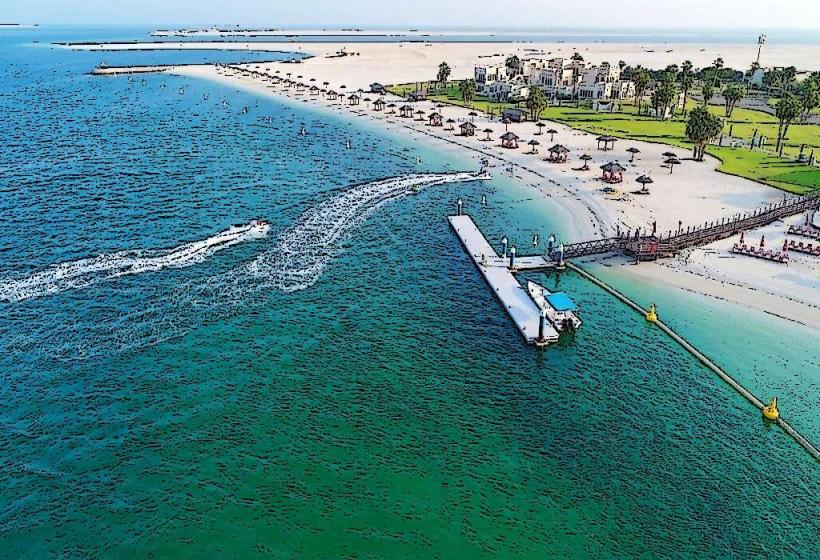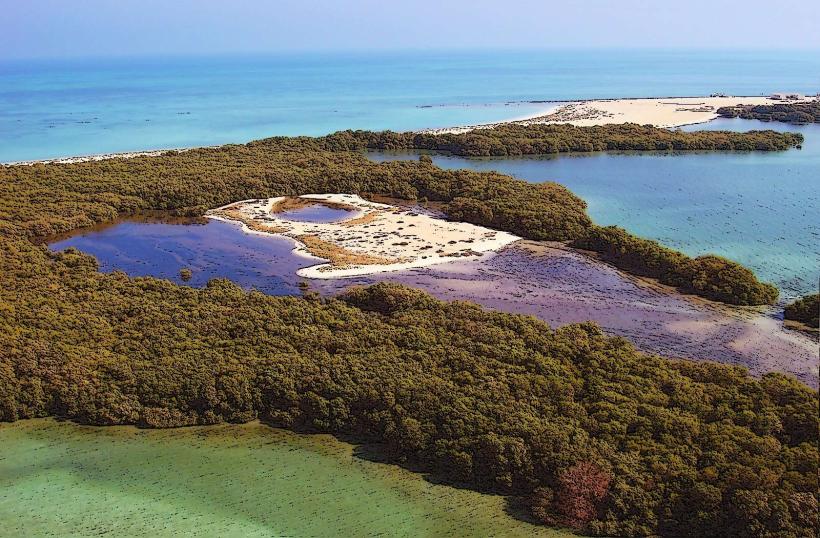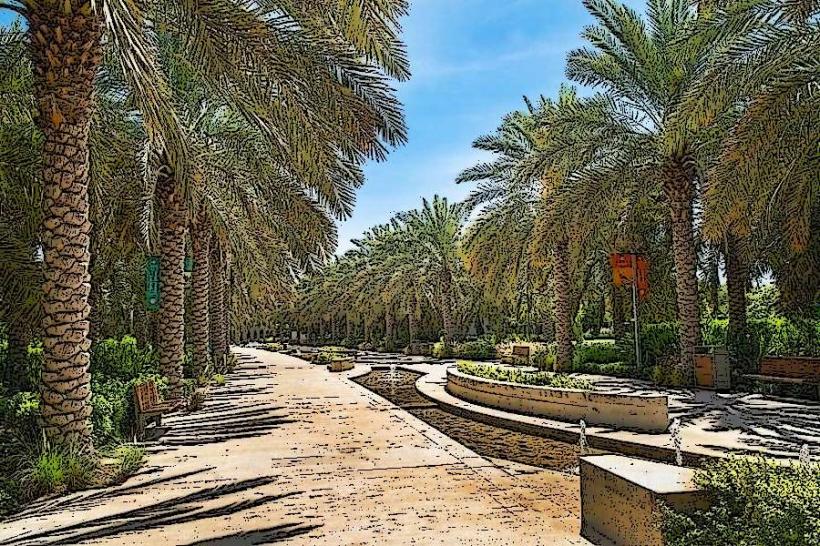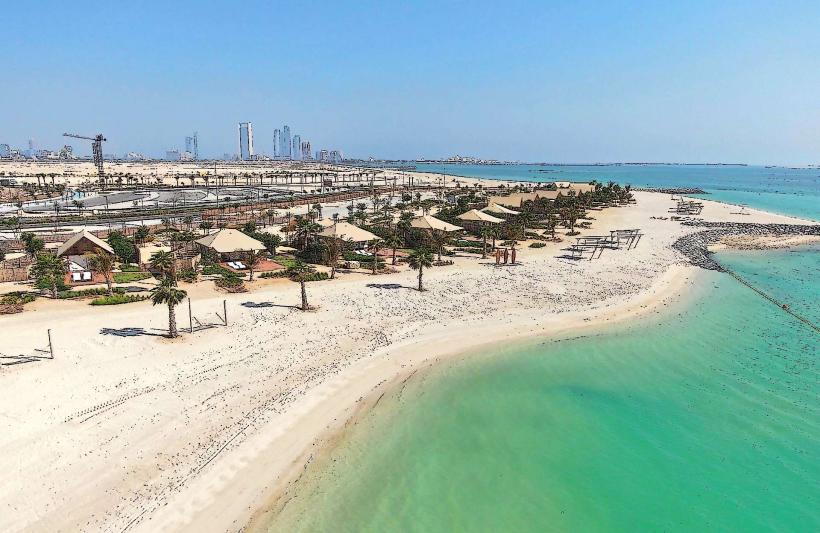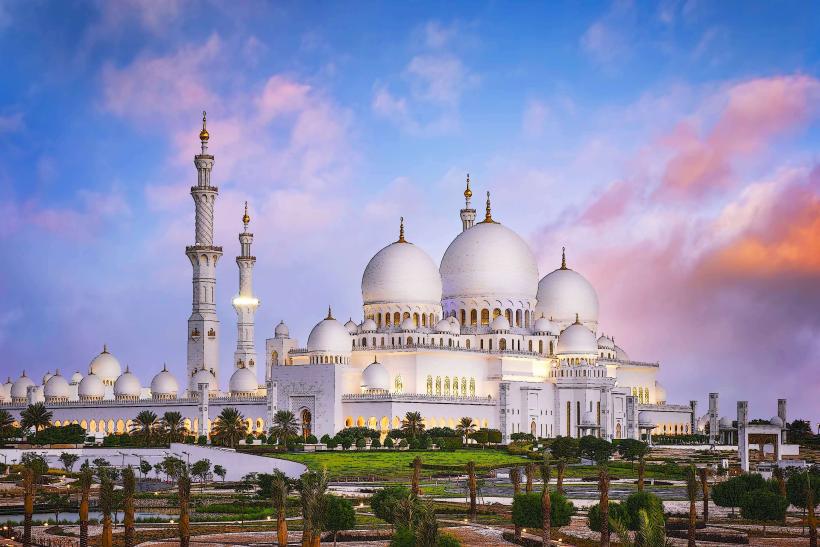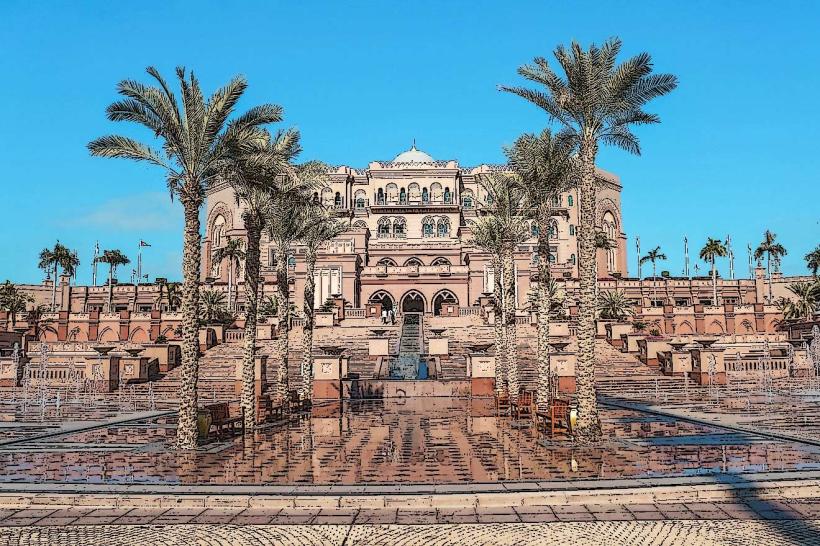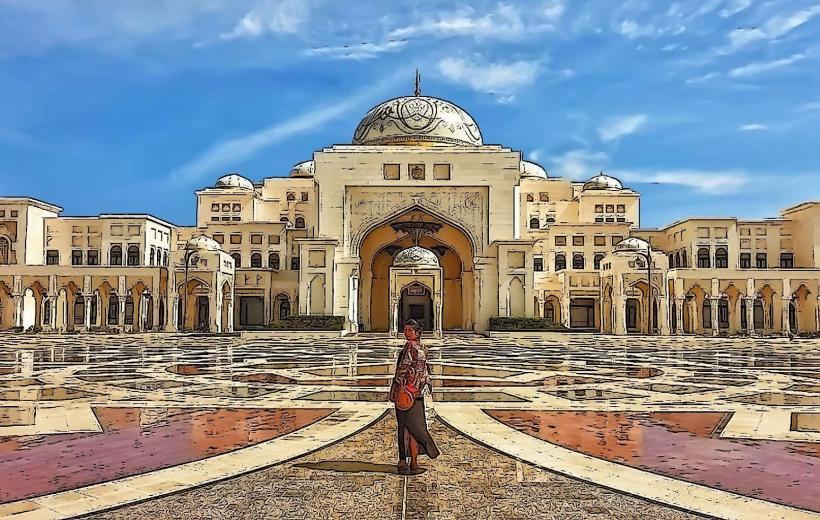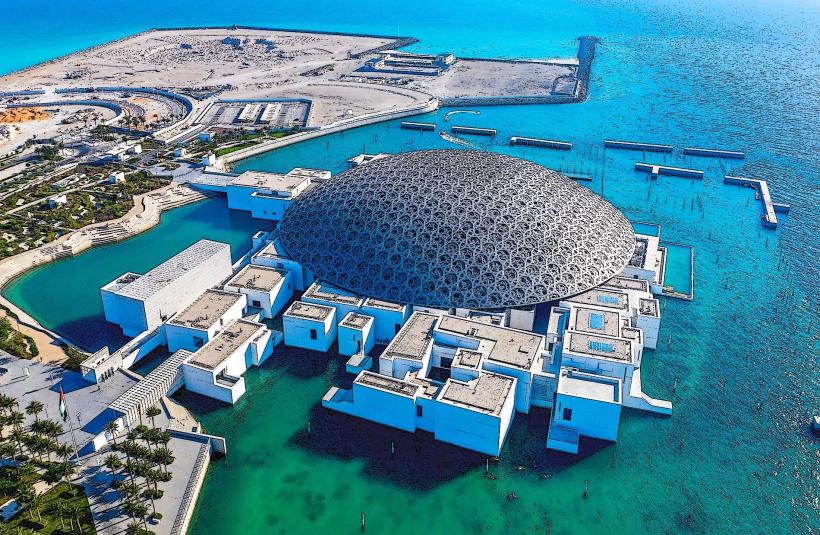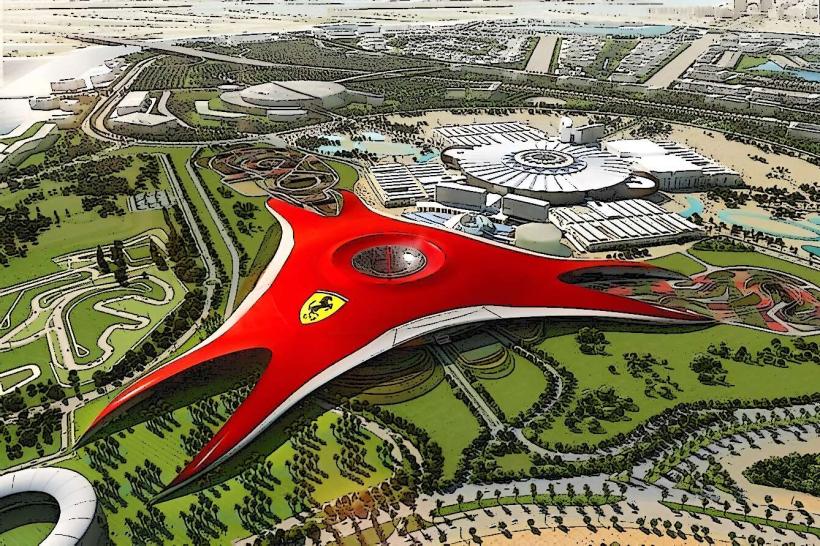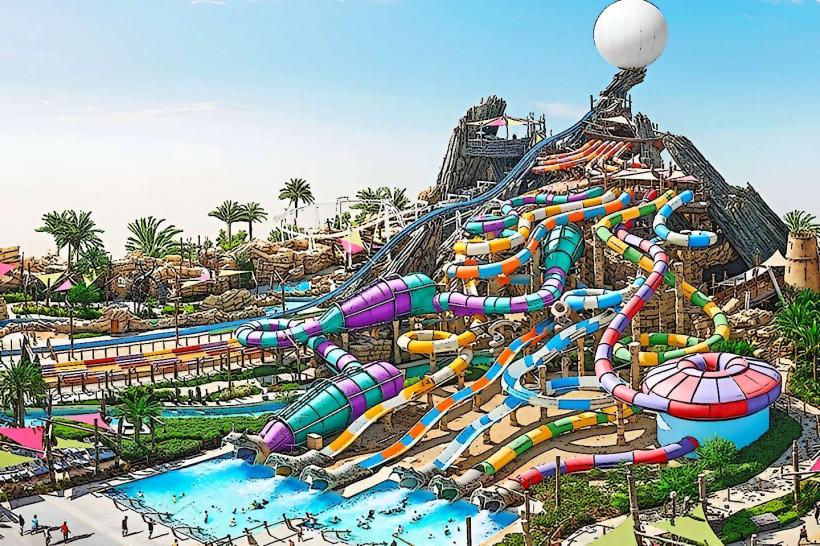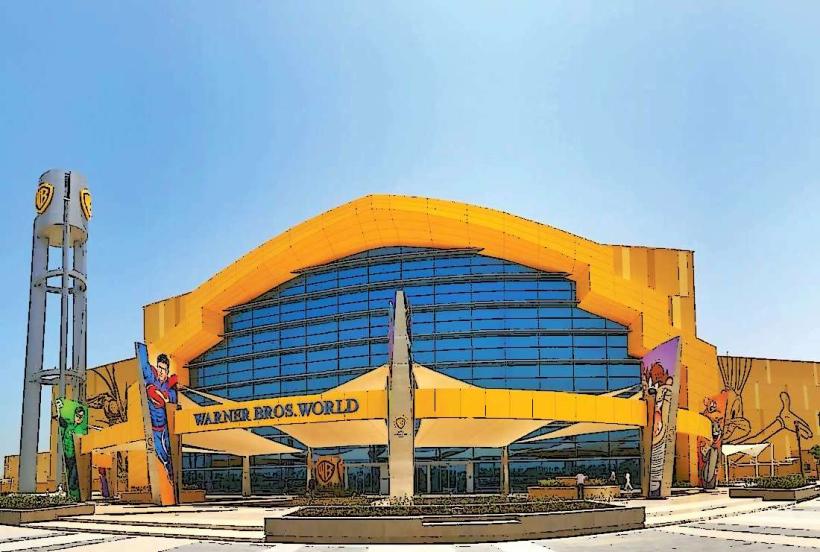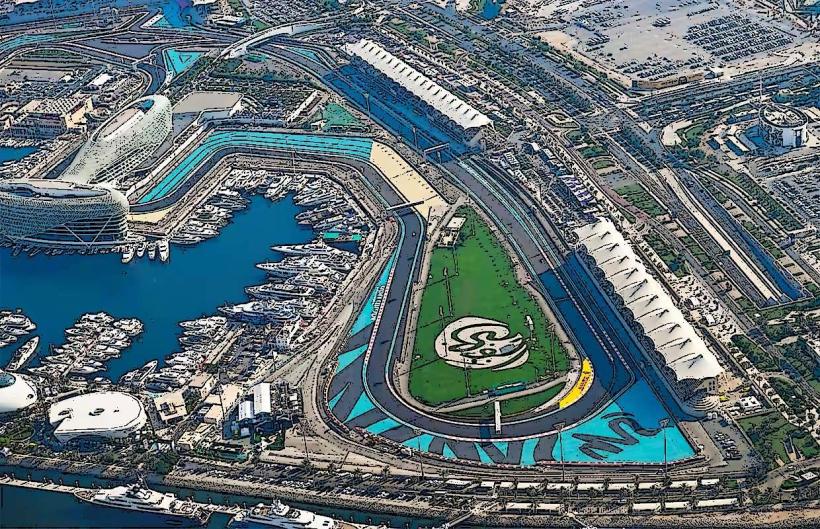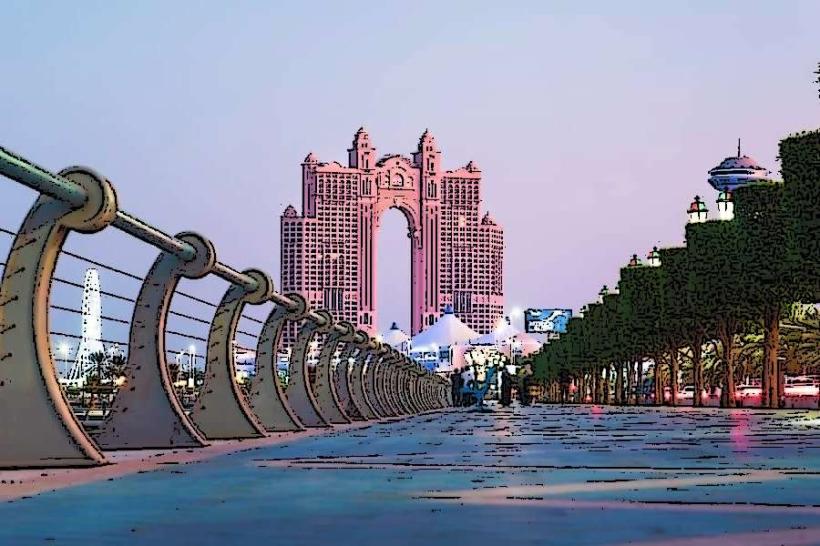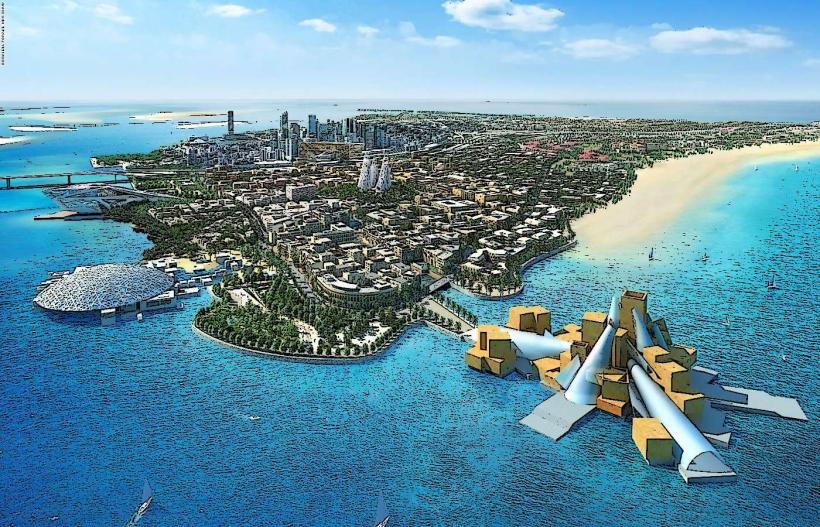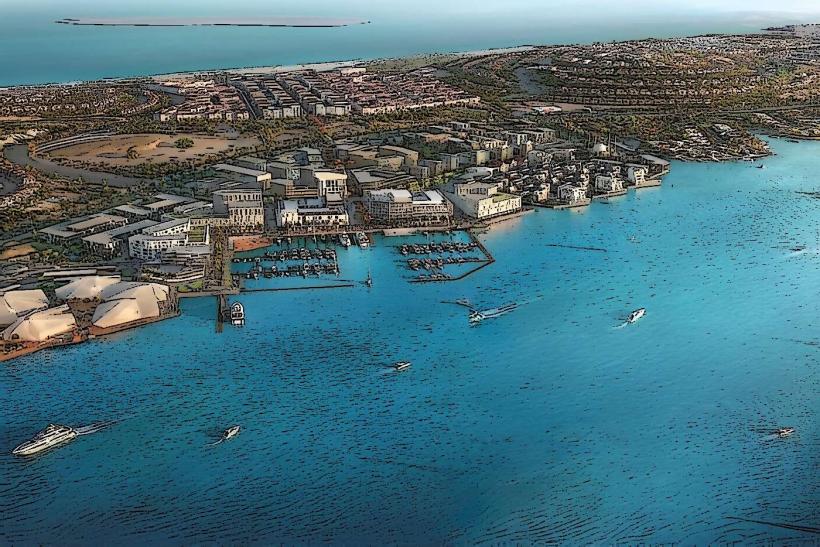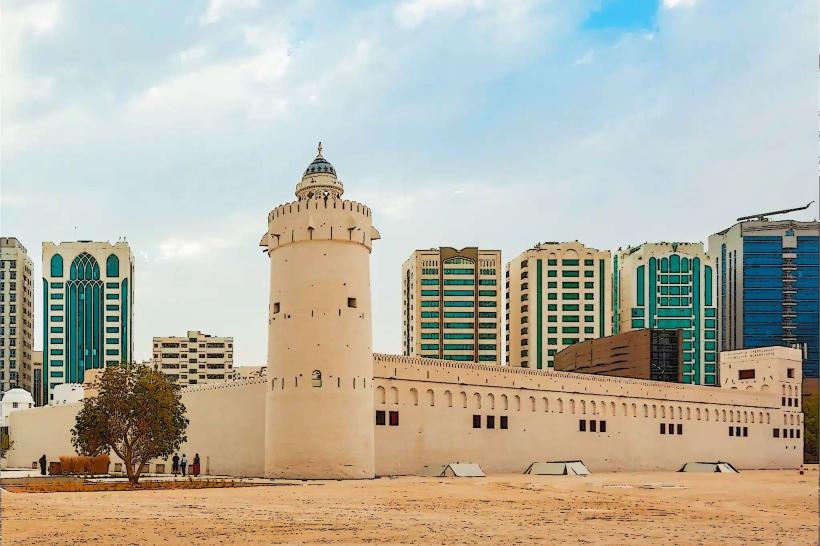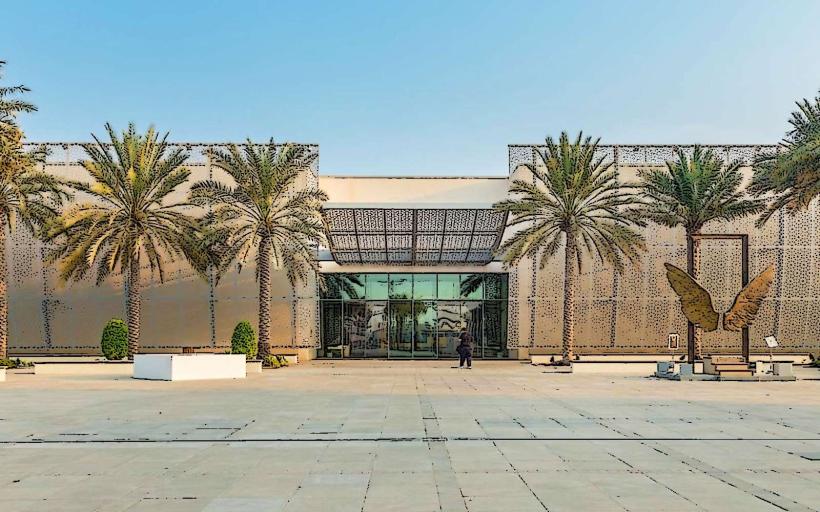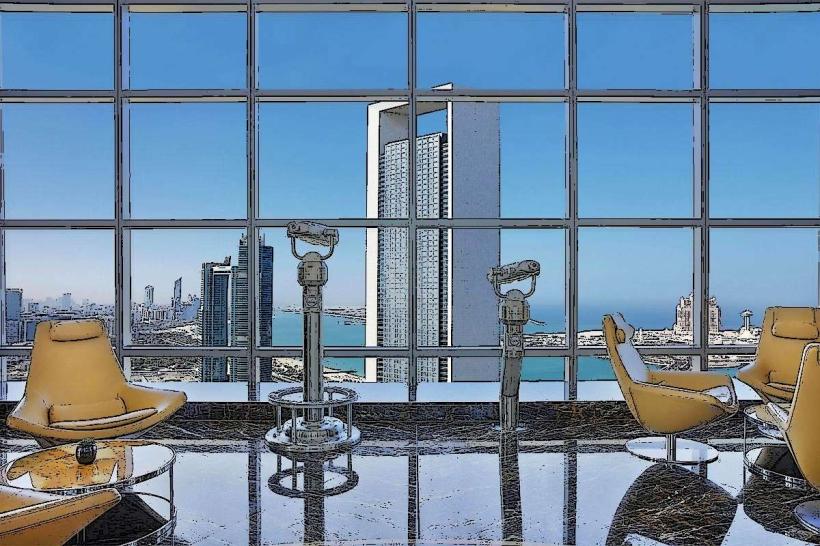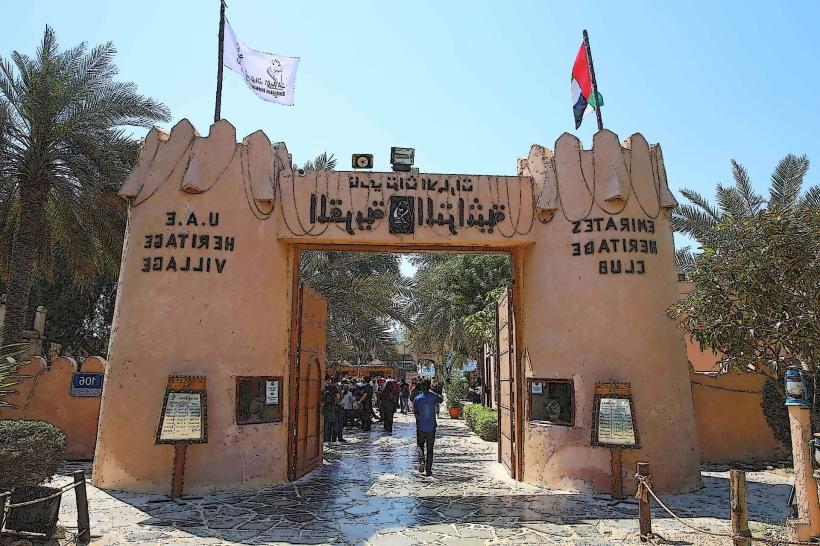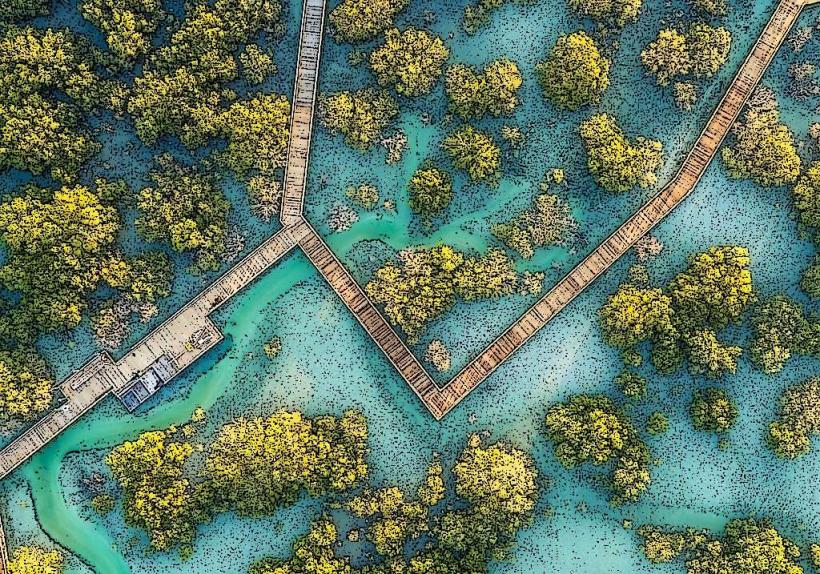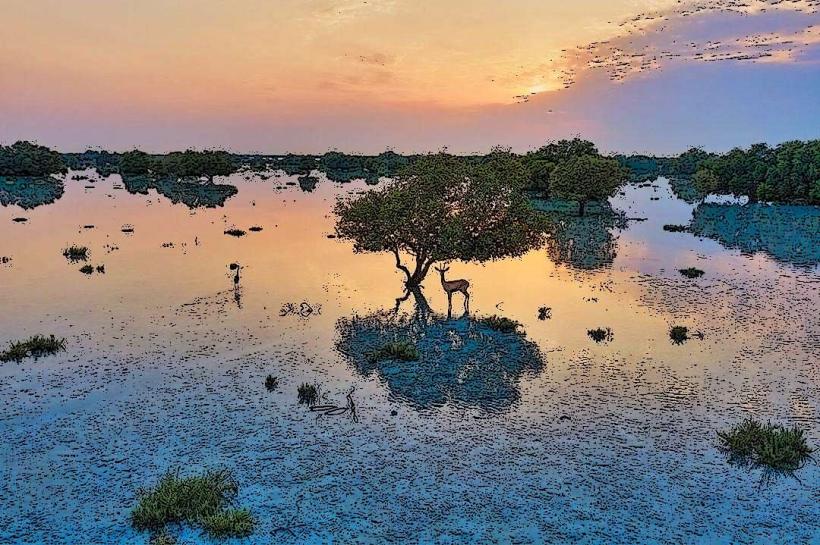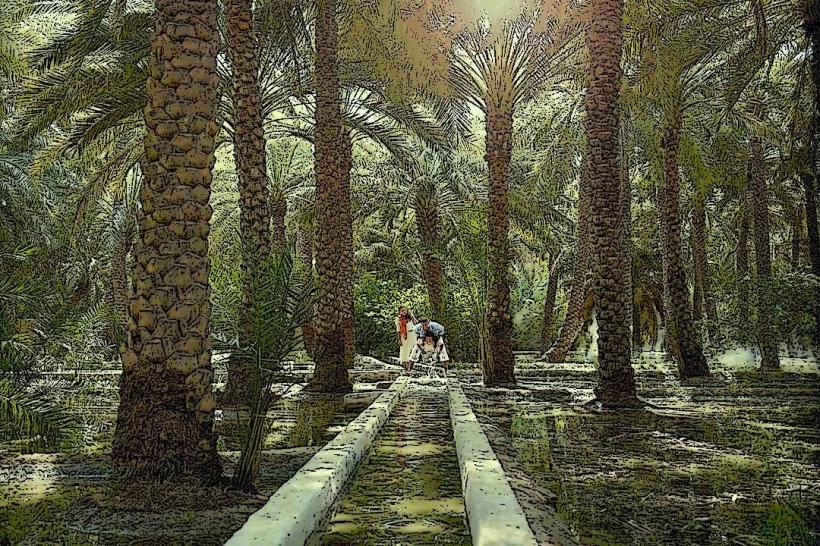Information
City: Abu DhabiCountry: United Arab Emirates
Continent: Asia
Abu Dhabi, United Arab Emirates, Asia
Overview
Abu Dhabi, the capital and largest emirate of the United Arab Emirates, sprawls across about 87% of the nation’s land-an expanse of desert, coastline, and glassy towers shimmering in the heat, on top of that it’s the UAE’s political, cultural, and economic heart, where the ruling family lives in palaces shaded by date palms, generally Abu Dhabi, with its glittering skyline, deep pockets, and rich traditions, stands as a global hub for tourism, finance, and innovation, likewise abu Dhabi sits on the southeastern shore of the Persian Gulf, where warm sea breezes meet the desert, with Saudi Arabia to the south and Oman to the east.It’s made up of several islands, like Saadiyat with its white sandy beach, Yas, Al Maryah, and the more remote Dalma, what’s more the emirate’s landscape is largely desert, stretching into rolling sand dunes, quiet oases, and a rugged strip of coastline where the wind smells of salt.The Liwa Oasis lies within the Rub' al Khali, or Empty Quarter, a vast sweep of golden dunes that forms one of the largest sand deserts on Earth, and abu Dhabi’s climate is dry and desert-like, with scorching summers that can push past 45°C (113°F) and mild winters hovering between 14°C and 24°C (57–75°F).Rain is scarce, showing up mostly from November to March, often just a light drizzle on cool mornings, as well as history – Early Settlements: Nomadic Bedouins once roamed this land, leaving traces of human life here that reach back more than 5,000 years, like faint fire rings buried in the sand, for the most part In the 18th century, the Bani Yas tribe, under the Al Nahyan family’s leadership, took control of Abu Dhabi, where windblown sand swept across its miniature coastal settlement, at the same time pearl and Trade Economy: Long before oil came along, Abu Dhabi kept its economy afloat through pearl diving, hauling shimmering shells from the Gulf, along with fishing and busy trade, generally Oil Boom and Development: When oil was struck in 1958, Abu Dhabi’s quiet desert outpost quickly grew into a sleek, modern city glittering with glass towers and current wealth, then sheikh Zayed bin Sultan Al Nahyan steered the emirate into a period of swift economic growth, where fresh roads cut through the desert and modern buildings rose almost overnight.In 1971, Abu Dhabi took the lead in shaping the modern UAE, and Sheikh Zayed stepped in as its first President, his white robes vivid under the desert sun, while in Abu Dhabi, the Al Nahyan family holds absolute power, guiding every decision from the marble halls of the royal palace.As you can see, Sheikh Mohamed bin Zayed Al Nahyan, the nation’s current ruler, also serves as President of the UAE, guiding its affairs from Abu Dhabi’s palaces, in conjunction with in Abu Dhabi, the Executive Council guides policies and steers development, from shaping city plans to approving fresh waterfront projects.The Federal National Council, or FNC, speaks for Abu Dhabi in the UAE’s federal government, giving the emirate a voice at the nation’s highest table, and abu Dhabi’s Municipality oversees the city’s roads, shapes its skyline, and keeps everyday services running smoothly.In Abu Dhabi, the legal system blends Sharia law with civil law, and specialized courts handle matters from family disputes to commercial cases, moreover abu Dhabi boasts a high-income economy and ranks among the world’s leaders in GDP per capita, with gleaming skyscrapers rising above its busy streets.Oil and gas dominate the scene-Abu Dhabi holds more than 90% of the UAE’s reserves, pumping enough crude to rank among the world’s top ten producers, meanwhile the Abu Dhabi National Oil Company, or ADNOC, ranks among the biggest oil producers on the planet, pumping millions of barrels from the desert each day.In finance and investment, the Abu Dhabi Investment Authority ranks among the world’s largest sovereign wealth funds, overseeing more than $700 billion-enough to buy entire city skylines, likewise the Abu Dhabi Global Market, or ADGM, stands as a leading hub for global finance, where glass towers rise against the desert sky.The government’s poured money into luxury resorts, vibrant cultural projects, and glittering entertainment hubs, all aimed at broadening the economy’s base, then in real estate and infrastructure, key projects range from the sleek towers of Al Reem Island to Saadiyat Island’s sandy shoreline, along with Yas Island and the futuristic Masdar City.Abu Dhabi is pouring resources into renewable power, from vast fields of solar panels to the Masdar initiative’s push for clean, sustainable energy, also abu Dhabi is home to major industrial hubs, including KIZAD (Khalifa Industrial Zone Abu Dhabi) and ICAD (Industrial City of Abu Dhabi), where long rows of warehouses stretch beneath the desert sun.Culture and society: home to over three million people, most of them expatriates, from shopkeepers in bustling markets to families gathered in shaded courtyards, in conjunction with abu Dhabi is a vibrant mix of cultures, with lively neighborhoods where people from India, Pakistan, the Philippines, Egypt, and the UK share the same bustling streets.The official language is Arabic, spoken in bustling markets and quiet village squares alike, then english is spoken almost everywhere, especially when you’re closing a deal or ordering coffee in a busy tourist square, in a sense As it turns out, Islam is the state religion, and most people follow the Sunni tradition, filling mosques with the sound of Friday prayers, and in Abu Dhabi, people can freely practice Christianity, Hinduism, and Sikhism, and you’ll find churches with ringing bells and temples sparkling with incense.Somehow, Men traditionally wear a crisp white kandura with a neatly folded ghutra draped over the head, subsequently women should wear an abaya, the flowing black robe, along with a shayla draped over the hair.In the city, you’ll behold plenty of people in jeans and T-shirts-Western styles are everywhere, alternatively traditional Emirati cuisine features dishes like majboos, a fragrant spiced rice served with tender meat.Harees, a gradual-cooked porridge of wheat and tender meat, is smooth and hearty like a warm spoonful on a crisp morning, likewise luqaimat-crispy, golden dumplings drizzled with sticky date syrup.In Abu Dhabi, you can taste it all-spicy Arabic kebabs, fragrant Indian curries, sizzling Chinese stir-fries, and hearty Western favorites, alternatively abu Dhabi’s education scene boasts world-class universities and schools, from bustling local campuses to modern York University Abu Dhabi, where the glass-fronted library catches the morning light.Khalifa University, with its sunlit campus in Abu Dhabi, stands at the heart of innovation, on top of that sorbonne University in Abu Dhabi, where the sunlight glints off the white stone walls.Zayed University, with its sunlit courtyards and modern architecture, stands at the heart of the city, as a result the Masdar Institute of Science and Technology.In the city, kids can attend public schools where lessons are in Arabic, or choose private international schools-some with dazzling maps lining the classroom walls, likewise abu Dhabi’s modern highways link the city to Dubai and other emirates, their smooth asphalt stretching across the desert under a sharp blue sky.Traffic flows smoothly, and the roads stay in top shape, with fresh white lines that still smell faintly of paint, equally important public transport taxis are the go-to way to get around, their yellow roofs flashing in the afternoon sun.Buses are run by Abu Dhabi’s Department of Transport, easy to spot in their white-and-green paint, also abu Dhabi plans to roll out its own Metro in the coming years, with sleek trams gliding past glass-fronted stations, loosely Not surprisingly, Abu Dhabi International Airport (AUH) buzzes with travelers from around the world, making it a major global hub, in conjunction with al Bateen Executive Airport handles private jets and VIP travelers, from sleek Gulfstreams to polished limousines waiting on the tarmac, slightly often Khalifa Port ranks among the region’s biggest container hubs, with rows of towering cranes lining its docks, in conjunction with masdar City is a groundbreaking urban project built around renewable energy, where sleek solar panels catch the desert sun.Abu Dhabi is pouring resources into green energy, from vast solar farms shimmering in the desert heat to advanced water desalination plants and sleek, energy-smart buildings, moreover in Abu Dhabi, tourism and entertainment blend culture, luxury, and adventure, from gilded suites at Emirates Palace to the sweeping sea views at The St, not entirely Regis, meanwhile go shopping at Abu Dhabi Mall, browse the sleek halls of Yas Mall, and wander past polished glass storefronts at The Galleria.Believe it or not, Beaches to visit include Corniche with its soft white sand, Saadiyat’s sweeping shoreline, and Yas Beach’s lively waterfront, besides wildlife and nature abound at the Arabian Wildlife Park, and in the quiet shade of Jubail Mangrove Park you can hear the soft rustle of leaves over the water.In the end, Abu Dhabi bursts with life and wealth, where sleek glass towers rise beside the scent of fresh spices from a traditional market, then as the UAE’s capital, it drives the nation’s politics, economy, and culture, from hosting high-stakes summits to showcasing art in sunlit galleries.Abu Dhabi keeps its spot among the world’s top cities, fueled by cutting-edge infrastructure, a broad mix of industries, and bold sustainability projects that stretch from the desert shore to the skyline.
Author: Tourist Landmarks
Date: 2025-10-29
Landmarks in abu-dhabi

